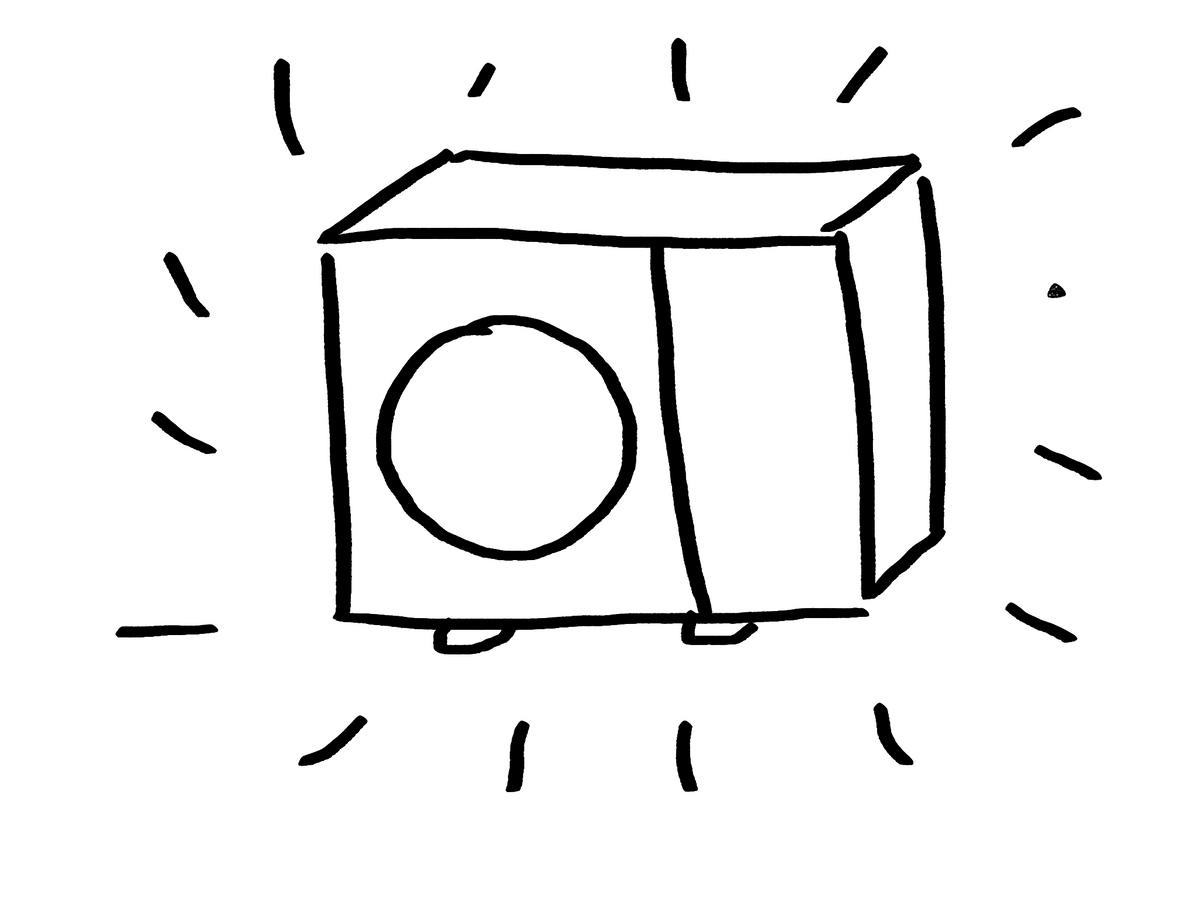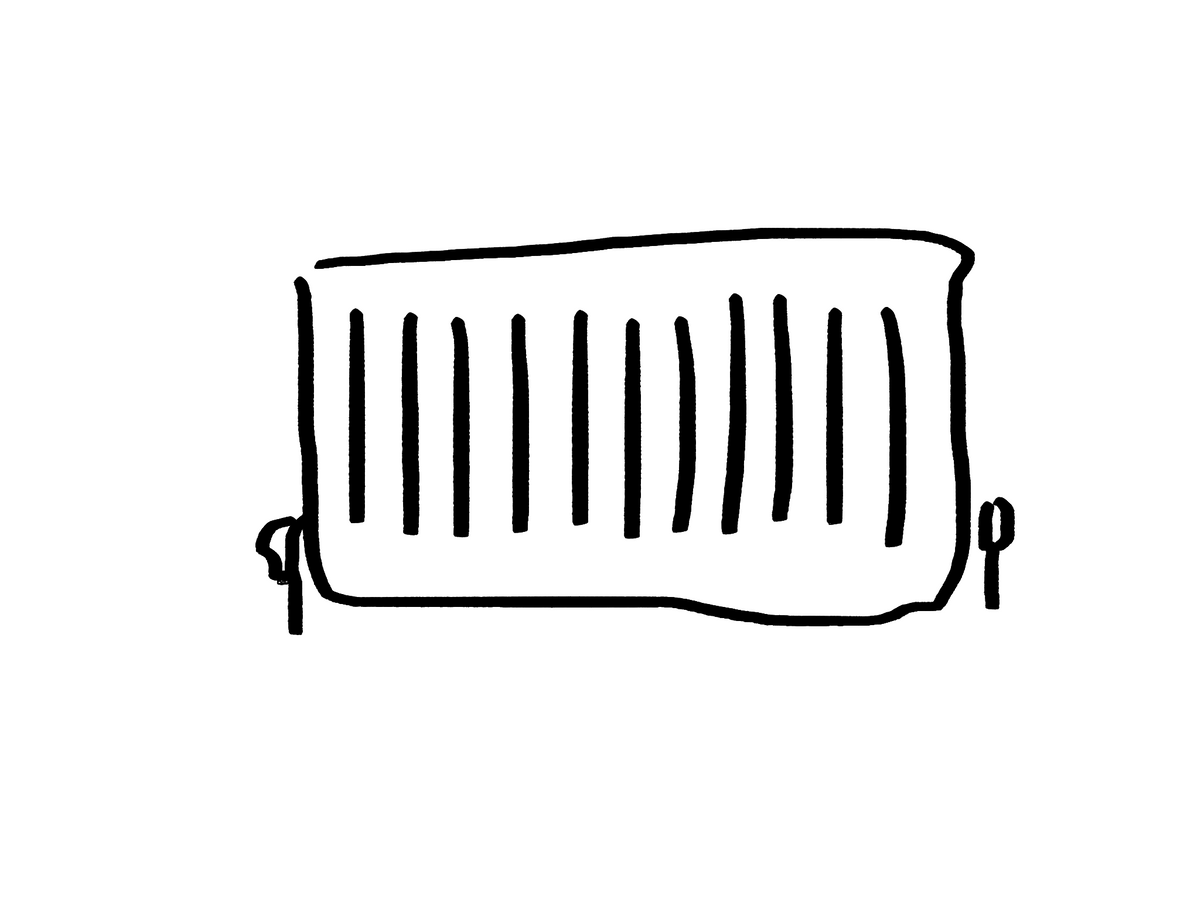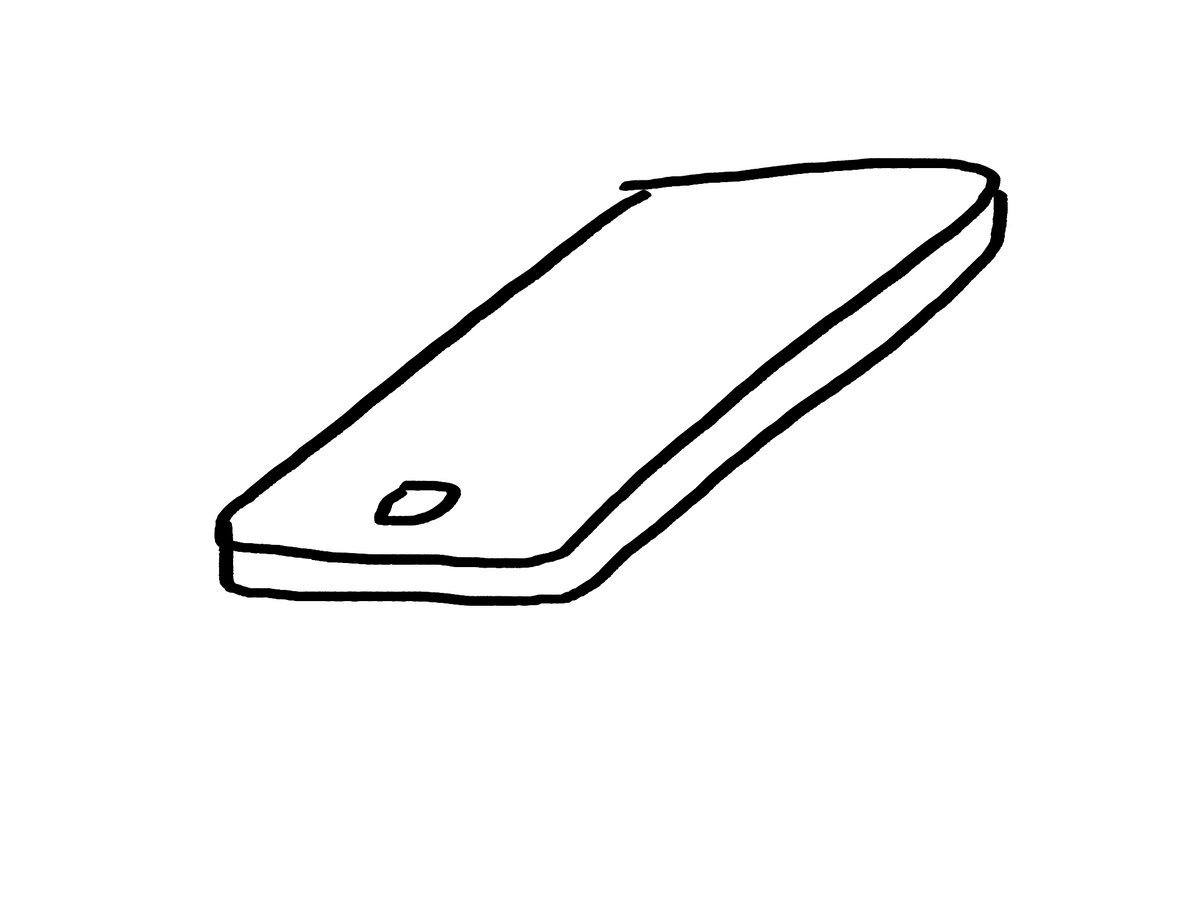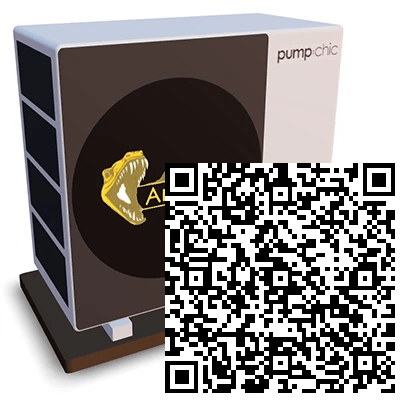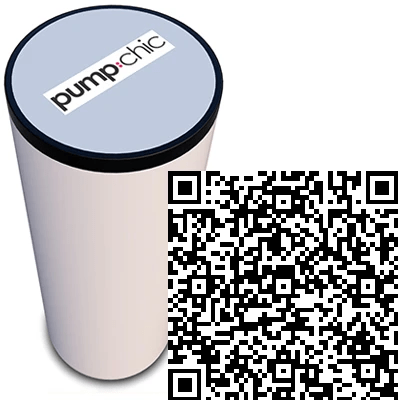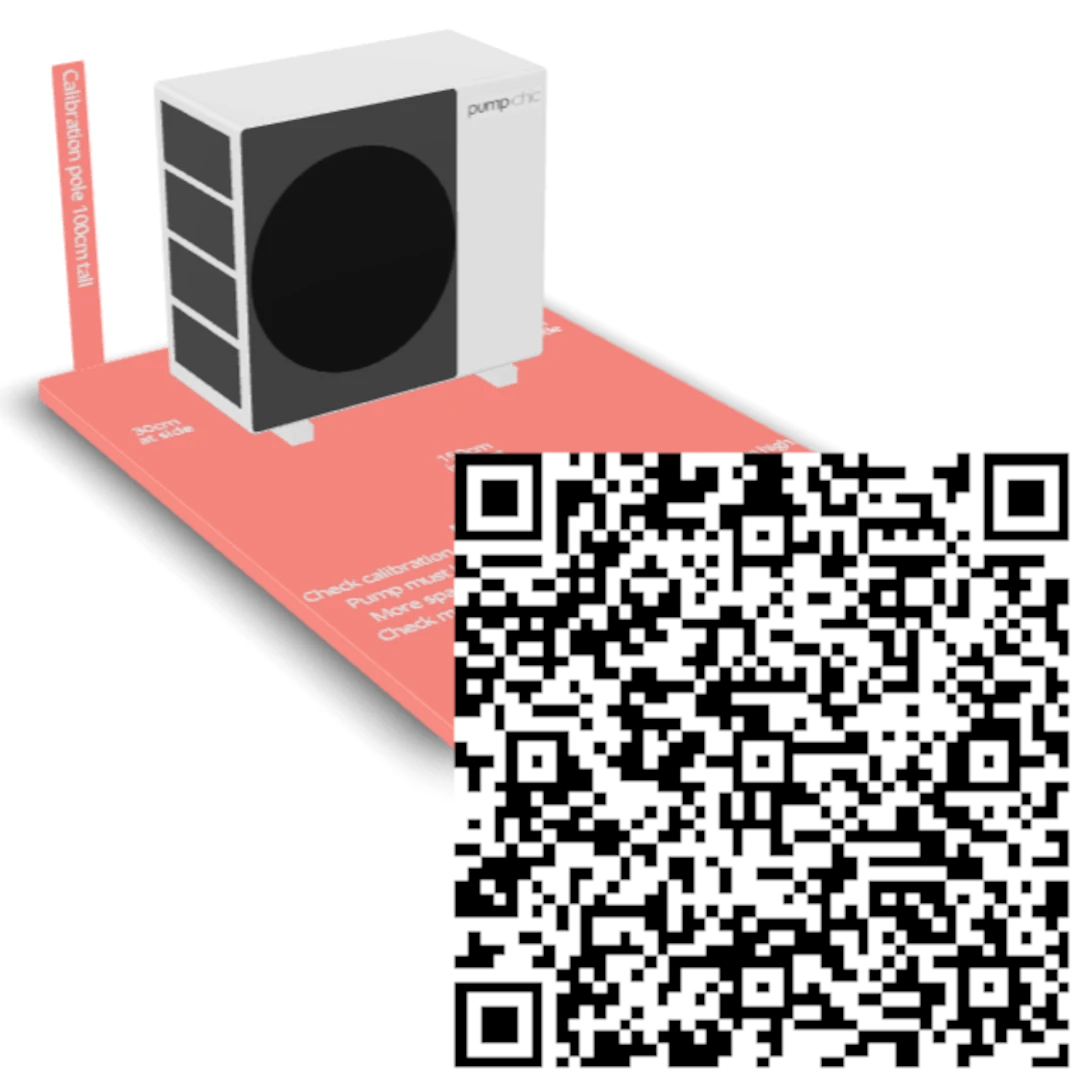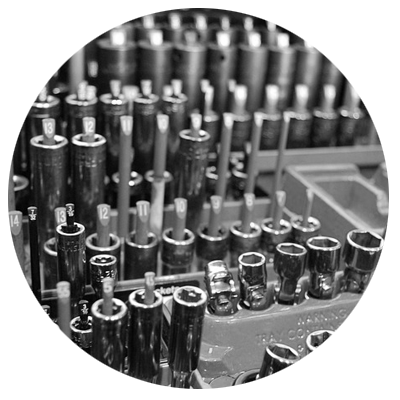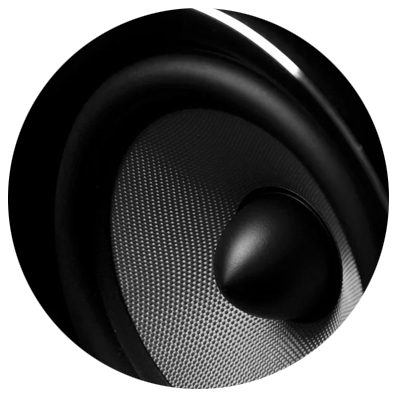
- …
- …
Test drive a heat pump with Amacan
Getting a heat pump can feel like a journey into the unknown.
We give you the tools you need to help you see, hear, and feel what it might be like.

At Amacan Ltd. we aim to provide impartial guidance and advice to SMEs and homeowners starting to make the journey from using fossil fuel energy systems to renewable energy systems. Our areas of expertise includes the four specific areas:
- Air source heating systems
- Ground source heating systems
- Underfloor heating systems
- Solar panel energy systems
Our team's engineering and construction, heating services and electrical services collective background experience enables Amacan Ltd. to offer guidance and advice on six topics on each of the four specific areas above.
Amacan Ltd. offers the following services in Hampshire & Dorset:
- Air and ground source heat pump sizing
- Air and ground source MCS heat loss calculations
- Radiator and underfloor emitter sizing
- Air source heat pump noise assessment
- DNO application submission service
- Heat pump services and maintenance contracts
- Research and selection of system design solutions incorporating other renewable technologies
Website: www.amacanlimited.co.uk
Email: tony@amacanlimited.co.uk
Telephone: 01489 782278
We hope this heat pump test drive will help you think about your next steps into low carbon heat!
Here are the stages of your heat pump test drive
Use our Augmented Reality (AR) tool on your smartphone or tablet to see what a range of air source heat pump equipment would look like in your own home.
Play the sound of a heat pump, with directions on how to set the right volume and listen to it in situ.
Guidance on how to set your condensing combi boiler to run in a similar way to a heat pump so you can feel what the heating is like.
So you've taken a heat pump for a test drive; here are your next steps.
But first: why you should consider a heat pump
Heat pumps don't generate heat like when you burn gas. Instead, they capture heat from the air (in the case of an air source pump), and move it into your house. For every 1 unit of electricity you put in, you capture and concentrate about 3 or more units of heat from the outside. This means that heat pumps don’t just let us use clean renewable electricity rather than burning fossil gas. They also reduce the total amount of energy we need to put into heating our homes. Nice!
A heat pump system has a number of parts

Most heat pump systems (and all that provide hot water for showers etc.) need a tank to store hot water.

Larger radiators may need to be fitted, along with some larger pipes, depending on what you have already.

A special control system, that works a bit differently to those used with other types of heating.
SO LET'S GET STARTED
1. SEE
Use our Augmented Reality (AR) tool to see what heat pump equipment would look like in your own space
Using your smartphone or tablet, scan a QR code or visit the one of the links below. Now go to the real world location you would like to view the pump or tank (see positioning guidance further down). Click "View in AR" and your phone or tablet will go into camera mode. Point it at the ground where you want the pump or tank to appear. It can take a minute to load so be patient. When it appears, you can:
- reposition it by holding and dragging with one finger
- or rotate/resize it using two fingers (it should look about 1m wide - if it doesn't, try moving the pump slightly with one finger and the size should correct itself).
Try viewing it from different angles. You can also take photos and videos to share on social media.
Small air source heat pump (~5-12 kW)
Scan or click this option if you have a small to medium (e.g. 1-3 bedroom) or better insulated home. See the positioning instructions above. (This doesn't show a particular model of heat pump, but is similar in size and form to some available on the market to give you a good idea of appearance.)
Large air source heat pump (~12-20 kW)
Scan or click this option if you have a larger (e.g. 4+ bedroom) and/or less well insulated home. See the positioning instructions above. (This doesn't show a particular model of heat pump, but is similar in size and form to some available on the market to give you a good idea of appearance.)
Wall mounted small air source heat pump (~5-12 kw)
Scan or click this option if you have a small to medium (e.g. 1-3 bedroom) or better insulated home, and are thinking about getting your heat pump installed at height. See the general positioning instructions above. (This doesn't show a particular model of heat pump, but is similar in size and form to some available on the market to give you a good idea of appearance.) Note that this visualisation shows a pump mounted with the lower edge 2m above the ground.
Hot water tank (200 litre)
Scan or click this option to see smaller to average sized tank. Typically it is positioned out of the way in a cupboard. It is also better for it to be near to your heat pump, so as little heat as possible is lost from the pipe connecting the two. For the AR view, you might find it easier just to put it in the middle of a room and get a good look at it!
Clearance guide
Scan or click this option to see to a heat pump sitting on a guide to the clearance distances that are needed around it. Pumps shouldn't be positioned too close to surfaces like walls and fences because this can disrupt the air flow, reducing efficiency. Use this handy guide to check if your intended space is suitable. Note that these distances of for guidance only, and you should speak to your installer and check manufacturer guidelines.
Your air source heat pump should...

Have good air flow around it. It varies by model, but the back should normally be about 25cm (1 foot) away from any wall, with 50cm (2 feet) clearance to the sides and top, and 1m (3 feet) free of obstruction in front.

Be somewhere that is easy to access for maintenance.

Avoid spaces where the sound might cause disturbance, such as directly outside a bedroom or by a boundary to a neighbour.
2. HEAR
Modern heat pumps are very quiet. But it can be helpful in positioning to get an idea of the sound they make.
Simply click play on the audio track below to listen to the type of sound a modern heat pump makes. How will you know you have the right volume? Read on for a guide - or to give you a rough idea, set it to be about the same as a quiet fridge.
TOP TIP: If you have a Bluetooth speaker or second phone or tablet, put it where you plan to install your pump and play the sound on that. Walk around and listen to it from different positions.
To set the right volume...
Open an online decibel monitor or download an app (such as Sound Meter for Android or Decibel X for iOS).

Find somewhere quiet. Start playing the sound above on your speaker or second device, and measure the sound level 1 metre (3 feet) away from it.

Adjust the volume of the sound until you have an average reading of about 50 dB. (This is similar to a quiet fridge, and quieter than many gas boilers.)

Now position the speaker or second device where you plan to place your heat pump, and take a listen!
3. FEEL
Instead of making your radiators scalding hot like a gas boiler, heat pumps make them warm for longer. Luckily, most modern boilers can be run in a way that simulates this so you can feel what it is like. Find out how here.
- This part of the test drive will involve turning down the "flow temperature" on your boiler. This is the temperature the boiler sends water to the radiators.
- The innovation agency Nesta have created an easy guide to how to do this. Follow the guide here >>>
- In brief, first you will make sure you have a condensing gas combi boiler. The guide will help you to do this.
- Don’t make this adjustment if you have a hot water tank, because it has to be heated above a certain temperature to prevent bacterial growth.
- You will turn down the flow temperature using a knob or digital control on the front of the boiler.
- If you use a thermostat with a timer to control your heating, you will probably need to set it to come on earlier than usual as it will take longer to heat up. But it should still get as warm! If it doesn’t, try turning the flow temperature back up a bit.
NEXT STEPS
Did you like what you saw, heard, and felt in the test drive? Here's what you can expect from the rest of the process of getting a heat pump.
1Contact
Use the form below, visit Amacan Ltd. online, or email tony@amacanlimited.co.uk with details of which services you are interested in.
2Survey
Amacan's installers will need to visit your home to assess what size of heat pump you need, as well as other aspects of the systems like tanks, piping, radiators, and controls.
3Installation
This can take several days depending on the amount of work involved. Your installer will demonstrate how it works, and also give you commissioning and Microgeneration Certification Scheme (MCS) installation certificates.
4Operation
Heat pumps work quite differently to gas boilers, and you will need to learn how to get the best out of them. Your installer will be able to advise you on this.
- Contact
To get in touch with Amacan, use the form below or the contact details above. Please note that any personal details you submit will automatically be sent to Amacan, and will be subject to their own terms and conditions and privacy policy (available on their website) in addition to our own.

Heat pump test drives are powered by pump:chic.
© 2022





